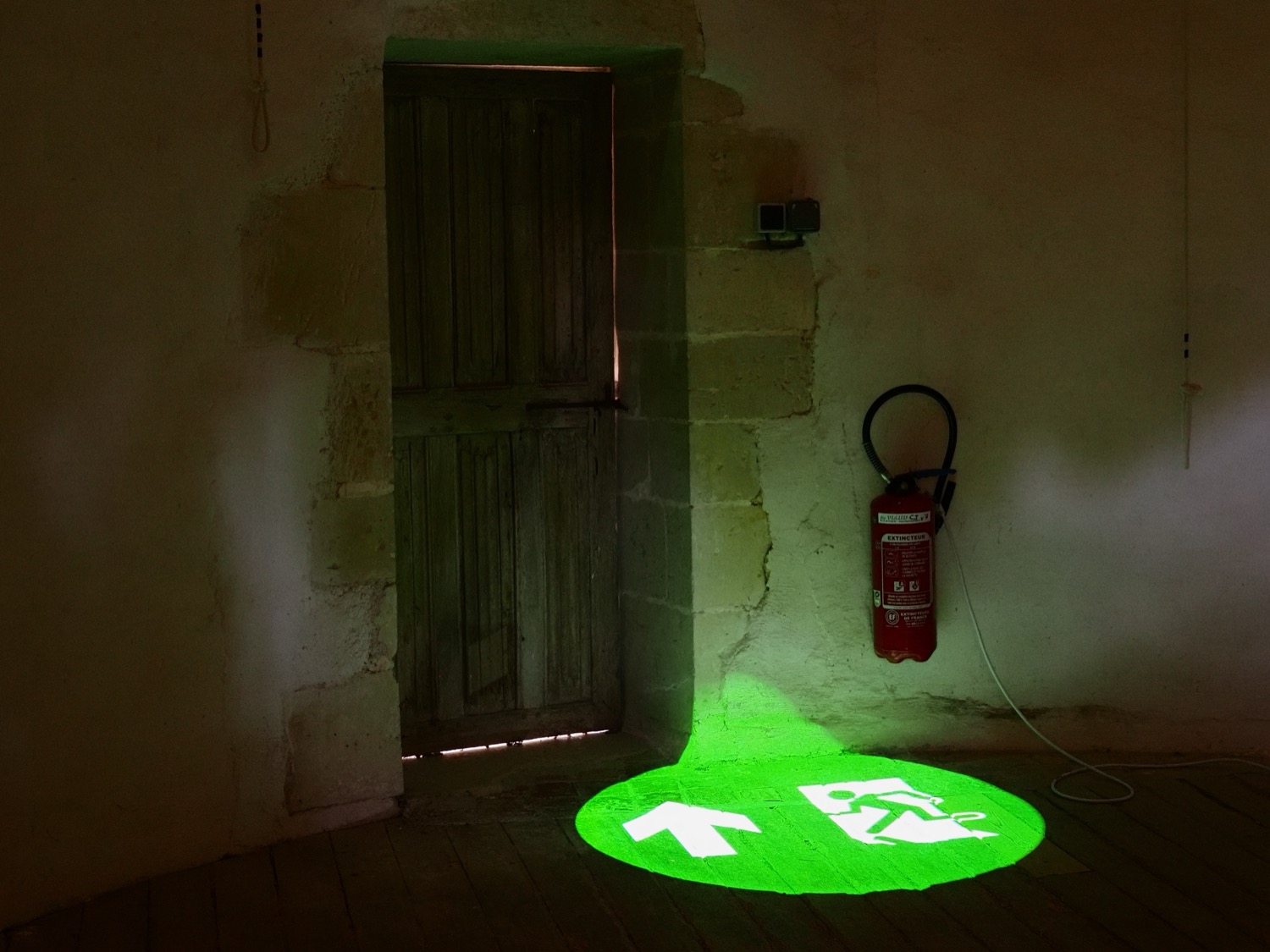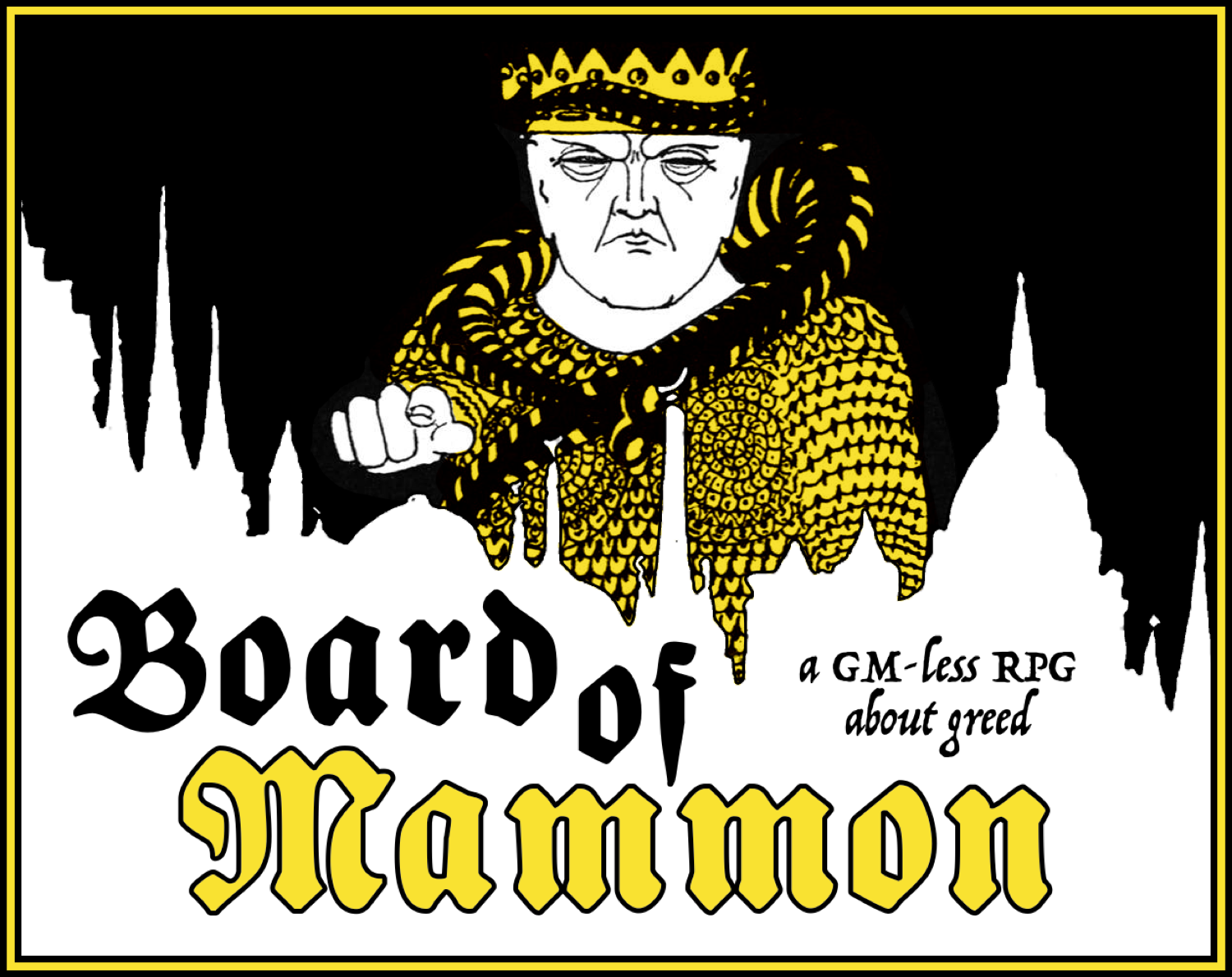


I’m Alex Wiltshire. I’m a writer and editor in the world of games. I work at Mojang Studios on storytelling for Minecraft, am the author of books including Britsoft: An Oral History, Making Videogames, Home Computers and Minecraft Blockopedia, and am a former editor of Edge magazine.




For me, 2025 has been all about tabletop RPGs. They’re such a crucible of the creative arts. A popular thought is that TTRPGs are experiencing a golden age, and the briefest survey of the flowering of games that are around right now — systems, settings, scenarios, adventures, and so much more — is good evidence that’s true.
So, it’s a good time to be devoting more attention to them. I’ve been playing weekly sessions for several years, but in 2025 I began playing in a second group: double time to experience new games and new table cultures. I also ran a campaign as GM, and in the summer I released a couple of my own small games, Board of Mammon and Fortune Dark. And I’ve been working on another bigger project, too.
To mark the close of the year, here are the TTRPGs that have been most important to me in 2025.
Carrying on my grand one-year tradition, I do solemnly present to you my games (that I played) of 2025.
I didn’t play many games, again. I lost several months to a bout of RSI, but I thoroughly enjoyed the few games I did play, and here, in no real order, are the ones that have stuck in my head the most.

For my regular group I’ve been running Night’s Black Agents, a TTRPG in which players are cinematic hyper-competent agents who are fighting a terrible conspiracy which happens to be… vampires. Think Bourne, with vampires. Or Bond, with vampires. Or Mission Impossible, with etc.
Specifically, we’re playing the Dracula Dossier campaign, which supposes that Bram Stoker’s classic novel is actually an after-action report on an ill-fated attempt by British naval intelligence to recruit Dracula. In the game’s present-day setting, Dracula is still around and causing havoc that the agents must foil, once and for all. The book is incredible: 350 pages of Dracula supposition and imagination drenched in contemporary spy paranoia.
It’s a lot of fun and its system, Gumshoe, has been interesting to learn. Gumshoe’s USP is about investigation: whenever a player tries to find a clue with an owned ability, they succeed. No roll, no uncertainty: the info is theirs. This gives investigations real forward motion, never getting stuck behind a failed skill-check. Another great feature is Night’s Black Agents’ campaign design, which gives the players freedom to follow any lead that interests them, and gives GMs a suite of tools to maintain pressure from the vampire conspiracy and to ensure the players are constantly progressing towards the centre of that conspiracy.
One thing that hasn’t been working, however, is Night’s Black Agents’ somewhat crunchy old-style combat, in which players and enemies take turns to roll attacks against each other, chipping health away. There’s nothing wrong with it — it delivers some clever thriller genre nuances and it’s a lot simpler than, say, D&D — but as a group we typically play Blades in the Dark and other expressionistic Powered by the Apocalypse-derived indie TTRPGs, and we weren’t investing ourselves in it.
Then I came across QuickShock, which Gumshoe’s original designer, Robin Laws, developed for the most recent Gumshoe game, The Yellow King RPG. QuickShock completely upends fighting, health and other systems, replacing them with a single round of player-facing Gumshoe-style rolls and a huge set of cards that give players physical and mental injuries that affect play. The cards are very flavourful and rich, in their names (“Existence is a Meat-Grinder”, “It’s a Miracle You’re Alive”); in their effects on the character; and in how the character recovers from them — so much more so than losing health points and asking for a Medic check to restore them.
And amazingly, publisher Pelgrane added the The Yellow King RPG’s rules, including its cards, to Gumshoe’s SRD, which allows anyone to share and adapt them. So I did. Here’s my attempt for Night’s Black Agents.

I released a new version of Board of Mammon, my one-page GM-less RPG in which players are demonic corporate executives competing for Mammon’s favour. Along with a suite of tweaks (Biz Climate is now an Event, and you get to roll more dice), V2’s hot new feature is a second Events table which gives each Board Meeting a bit more infernal colour. Now your supply chain issues might come as a result of church interference, an annoying bloom of demonspawn, or even a newly discovered sin. Thanks for the feedback and idea, Kieron!
Download it here, or on Itch.io, for free.

I wrote another RPG. I set myself the challenge of creating it for a single sheet of paper and came up with Board of Mammon, a GM-less PVP one-shot RPG about greed:
You are demonic executives competing for Mammon’s favour in corporate board meetings. At the end of the coming financial year, Mammon will judge you. Who will stab backs and grift hard enough to be its champion?
Download it here, or on Itch.io, for free.
I’ve updated Fortune Dark, a light TTRPG system I put out a couple of weeks ago. The notable change is to player death. In the original version, player characters would be smited (smote?) by their god and removed from the game once they got their fourth debility. Now they can have as many debilities as they can bear, but there’s also the addition of a new move, Sacrifice:
When the party decides that one of its members has fallen too far from their god’s grace and offers them as sacrifice, collectively describe how you perform this rite, then remove all cursed dice from the party’s fortune and claim 1 tribute. The sacrificed character’s adventure is over.
The idea is that now death is a choice with a dark benefit. Once a player has a lot of debilities, they’ll likely only be able to act by spending fortune and thus be a major drain on the party. So perhaps it’s time to put them out of their misery, a gift which cleanses the party’s stock of luck. Feels like a grim but enticing decision, and therefore very fitting for Fortune Dark. Thanks, Caleb, for the idea, which I’ve basically lifted wholesale!

For a few weeks I’ve been fiddling with creating a very light ruleset for running dark and desperate TTRPG adventures. It’s called Fortune Dark, and it’s about cultists striving to gain treasure and glory for a capricious god against ever lengthening odds. Their god has granted them a shared pool of fortune, which will dwindle and become cursed as they play. Can they claim enough tribute before their fortune runs out?
Download it here (26 July update), or on Itch.io, for free.